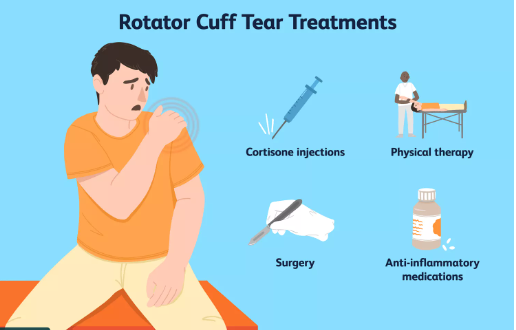By Katherine Alexis Athanasiou, PA-C
Medically reviewed by Anita C. Chandrasekaran, MD
Back pain is a common symptom experienced in a wide variety of conditions, ranging from muscle spasms, to vertebral fractures, and even certain types of autoimmune diseases. Back pain is not, however, a symptom of osteoporosis, despite many people with osteoporosis experiencing it.
This article will dive deeper into the connection, or lack thereof, between osteoporosis and back pain.
AsiaVision / Getty Images
What Is Back Pain?
When people talk about back pain they typically refer to pain in their spine and/or the supporting muscles and ligaments. The spine is made of 24 individual vertebrae, separated into three different sections: cervical, thoracic, and lumbar.
Back pain can range in intensity from mild to severe, and be described anywhere from dull and achy to sharp and shooting. Back pain can also be categorized as acute, meaning lasting from a few days to a few weeks, or chronic, which describes pain lasting longer than 12 weeks.1
Is Back Pain a Symptom of Osteoporosis?
Back pain is not a symptom of osteoporosis. Osteoporosis is a condition that develops when there has been a significant loss of bone mass.2
Osteoporosis is considered a "silent" disease as there are no symptoms. However, people with osteoporosis are at a higher risk of developing vertebral fractures, and often a fracture is the first sign or symptom of osteoporosis. These fractures can cause back pain.
Vertebral Fractures Causing Back Pain
Osteoporosis can lead to fragility fractures, in which a fall from a standing height or lower causes a bone to break.3 Fragility fractures can occur anywhere in the body but are commonly seen in the spine, hip, or wrist.
Symptoms of vertebral fractures can include:4
Back pain ranging from mild to severe and debilitating
Loss of height
Decreased mobility and flexibility of the spine
Spinal stiffness
Treatment and Management of Back Pain
Treatment and management of back pain is very dependent on the root cause of the pain. Some common treatments for back pain are:5
Medications, including nonsteroidal anti-inflammatory drugs (NSAIDs), topicals, or muscle relaxers6
Acupuncture
Stretching
Heat and cold packs
Physical therapy
Transcutaneous electrical nerve stimulation (TENS)
For back pain due to vertebral fragility fractures, which have become chronic or failed to improve with other treatment options, a surgery called kyphoplasty may be necessary. During a kyphoplasty procedure, a balloon is inserted into the vertebra and inflated to restore it to its previous height, and then bone cement is injected into the space.
When to See your Healthcare Provider
While back pain can be a common occurrence, there are some instances in which back pain should be considered a red flag for something more serious. Some red flags to be aware of include:7
Concurrent fevers or chills
Sudden onset of severe back pain in someone under the age of 18 or over the age of 50
Recent, unintentional weight loss
Loss of bladder or bowel function
Loss of sensation of the saddle area (area of lower body that would come into contact with a saddle when seated on one)
Recent surgery, spinal injection, or trauma
Compromised immune system
Numbness, weakness, tingling, or burning sensation going down the leg(s)
If a person experiences any of the red flags listed they should immediately see their primary care provider. If more specialized care is needed an orthopedist or neurologist may be considered for management and treatment of low back pain as well.
Summary
Back pain is a common symptom of many different conditions. While back pain is not a symptom of osteoporosis, fractures of the spine are, and fractures can lead to the development of back pain. Rest, medications, and physical therapy can all help alleviate or minimize the intensity of back pain. In severe cases, surgery may be considered.
Sources
National Institute of Neurological Disorders and Stroke. Low back pain fact sheet.
American College of Rheumatology. Osteoporosis.
International Osteoporosis Foundation. Fragility fractures.
Penn Medicine. Vertebral/spinal fractures.
Johns Hopkins Medicine. 7 ways to treat chronic back pain without surgery.
National Institute of Arthritis and Musculoskeletal and Skin Diseases. Back pain.
DePalma, Michael G. MHS, PA-C, DFAAPA. Red flags of low back pain. JAAPA: August 2020 - Volume 33. doi: 10.1097/01.JAA.0000684112.91641.4c
By Katherine Alexis Athanasiou, PA-C
Athanasiou is a certified physician assistant in New York with clinical experience in rheumatology and family medicine.






Post comments